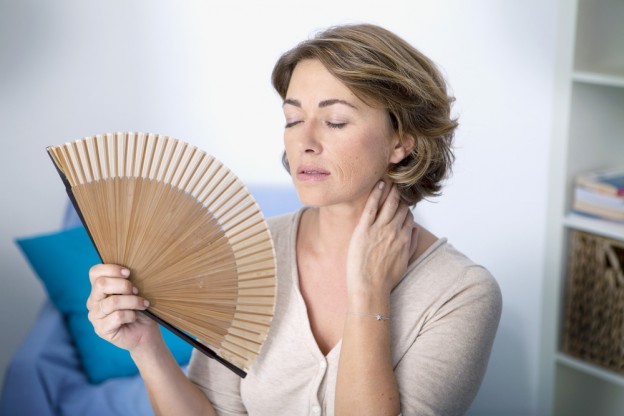
Menopause is the natural termination of the menstrual cycle, lasting from a few months to years. The average woman experiences menopause at approximately 51 years, and it usually occurs between the ages of 40 to 55, at around the same age as the woman’s mother began menopause. Common physical symptoms of menopause include hot flashes, vaginal dryness, night sweats, urinary problems, and headaches. Menopause is also characterized by emotional symptoms such as sudden mood changes, depression, irritability, insomnia, and nervousness.
During this time of hormonal and energy fluctuation, menopausal complications reduce the quality of a woman’s life and result in uncomfortable or even debilitating symptoms. Hormone replacement therapy is the standard Western treatment for menopausal difficulties; however, estrogen supplements have been linked to undesired side effects and increased health risks. Traditional Chinese medicine offers an alternate way to reduce menopausal symptoms through diet, herbal remedies and acupuncture.
Traditional Chinese Medicine Offers an Alternative
According to Chinese medicine, imbalanced interaction between kidney yin and yang leads to difficulties during menopause. The theoretic framework of yin-yang is used to explain aspects of the human body as well as to guide diagnosis and treatment. Women may have yin or yang deficiencies that affect how they experience menopause.
The kidneys are viewed as the central organs responsible for controlling other bodily functions, and kidney yin and yang deficiencies lead to certain associated menopausal symptoms, with different treatment existing for each type. Symptoms of yang deficiency in menopause may include tiredness, lower back pain, incontinence, and aversion to cold. Symptoms of yin deficiency (the far more common type) include hot flashes, night sweats, insomnia, and irritability.
Nutrition for Menopause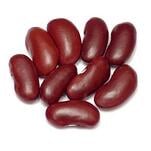
Some common foods that help build yin for yin-deficiency type menopause include wheat germ, mung bean, seaweed, cucumber, millet, black bean, tofu, kidney bean, barley, black sesame seed, and royal jelly. Women should follow a low-fat, high-fiber diet. In addition, maintaining a healthy weight, exercising regularly, and reducing stress are all important. Chinese medicine can effectively and quickly treat symptoms such as hot flashes through many herbal formulas, commonly including dang gui (Chinese angelica) and yi mu cao (motherwort). Thus, traditional Chinese medicine can alleviate menopausal symptoms without the risks of hormone replacement therapy.
About the author:
In addition to her thirty years of acupuncture and Chinese herbal experience, Dr. Qiao “Chelsea” Xu has also practiced qigong and yoga over twenty years, utilizing concepts from these practices in her treatments. She offers treatment in pain management, female and digestive disorders, allergies, asthma, and stress. In her spare time, she likes to practice qigong, taiji, and meditation.


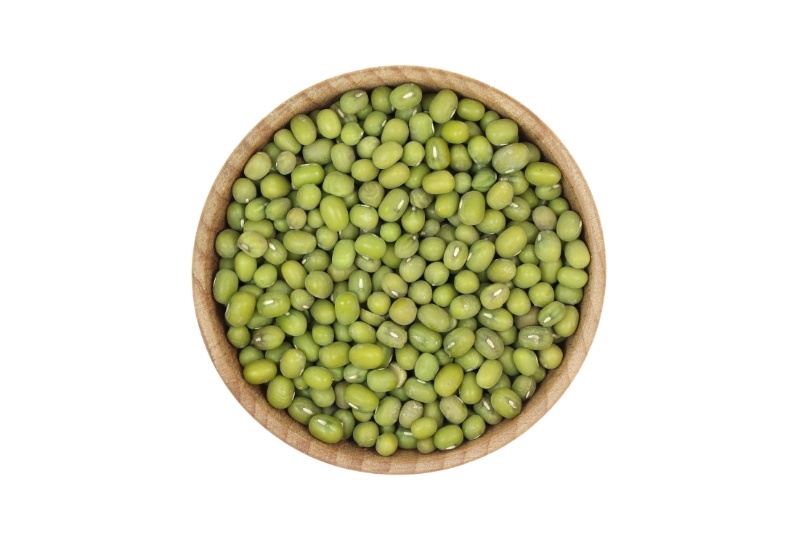
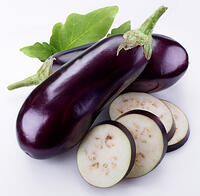
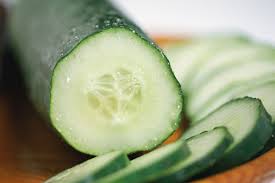 Intestine
Intestine


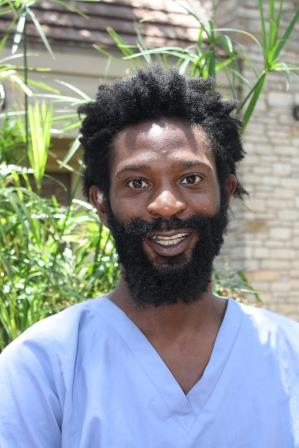 AOMA student, Gregory King can usually be found by his resounding laughter echoing in the hallway. Greg comes from Louisville, Kentucky where he discovered martial arts. During the first year of the program at AOMA he was working as a mentor for inner city youth. His case load included children who struggled with suicidal motives, depression, gang violence, and social isolation. Greg says, “I am grateful for the learning of the experience but it was extremely difficult. I overcame by really taking myself to the mat.” He began collaborating with world renowned martial artist Tom Callos and joined Ultimate Black Belt Team. Greg says, “This simple practice gave me a focus on becoming stronger because I was feeling the weakest and most vulnerable I have ever felt in my entire life.”
AOMA student, Gregory King can usually be found by his resounding laughter echoing in the hallway. Greg comes from Louisville, Kentucky where he discovered martial arts. During the first year of the program at AOMA he was working as a mentor for inner city youth. His case load included children who struggled with suicidal motives, depression, gang violence, and social isolation. Greg says, “I am grateful for the learning of the experience but it was extremely difficult. I overcame by really taking myself to the mat.” He began collaborating with world renowned martial artist Tom Callos and joined Ultimate Black Belt Team. Greg says, “This simple practice gave me a focus on becoming stronger because I was feeling the weakest and most vulnerable I have ever felt in my entire life.”

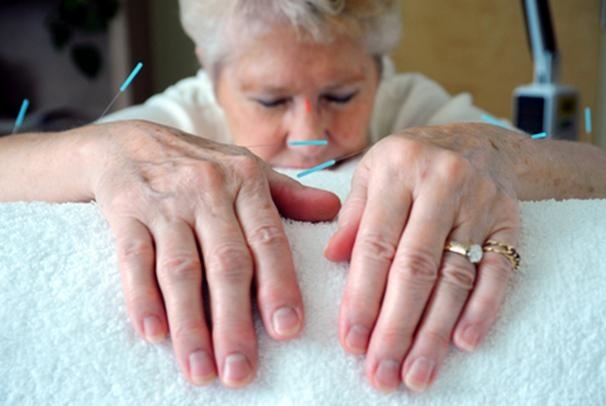
 According to Chinese medical theory, arthritis occurs when the Qi (energy, life-force) in the body becomes blocked. Unique acupuncture points will be determined after a careful evaluation of the patient’s medical history and once the licensed practitioner pinpoints the root cause of the patient’s Qi blockage. The practitioner will also likely prescribe Chinese herbs and make lifestyle and/or dietary recommendations.
According to Chinese medical theory, arthritis occurs when the Qi (energy, life-force) in the body becomes blocked. Unique acupuncture points will be determined after a careful evaluation of the patient’s medical history and once the licensed practitioner pinpoints the root cause of the patient’s Qi blockage. The practitioner will also likely prescribe Chinese herbs and make lifestyle and/or dietary recommendations.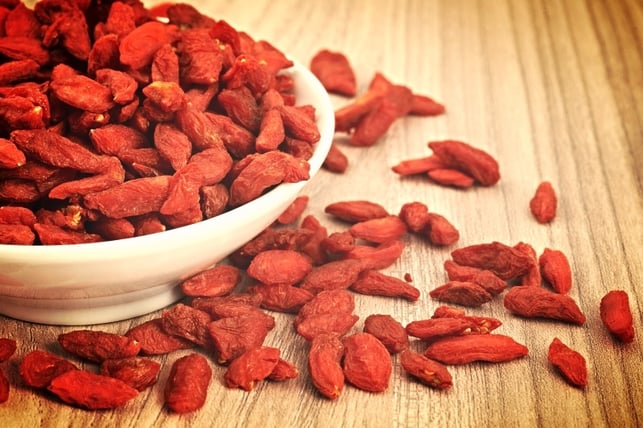
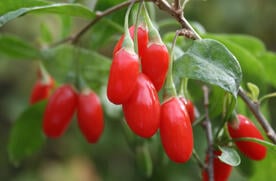
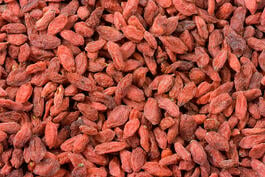 ter”, congee is eaten throughout China as a breakfast food. It is a thin porridge, usually made from rice, although other grains may be used.
ter”, congee is eaten throughout China as a breakfast food. It is a thin porridge, usually made from rice, although other grains may be used. 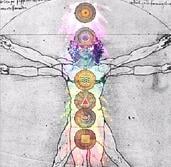 The theory of the natural elements is an enduring philosophy across cultures, appearing in separate countries in vastly different eras around the world.
The theory of the natural elements is an enduring philosophy across cultures, appearing in separate countries in vastly different eras around the world.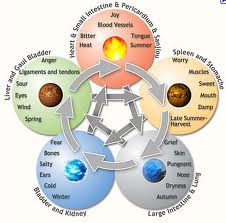 In TCM, the Five Elements are dynamic: they create, control, and constantly interact with each other. Each element is said to generate—give rise—to another element. This generating sequence is a type of “mother-son” relationship, where the parent gives life to and nurtures the child. In Five Element theory, Fire generates Earth. Earth generates Metal. Metal generates Water. Water generates Wood. Wood generates Fire. One jumping off point for remembering this sequence is to think of how rubbing twigs (ie: wood) together can create fire.
In TCM, the Five Elements are dynamic: they create, control, and constantly interact with each other. Each element is said to generate—give rise—to another element. This generating sequence is a type of “mother-son” relationship, where the parent gives life to and nurtures the child. In Five Element theory, Fire generates Earth. Earth generates Metal. Metal generates Water. Water generates Wood. Wood generates Fire. One jumping off point for remembering this sequence is to think of how rubbing twigs (ie: wood) together can create fire.

.jpg?width=223&height=335&name=herbs_students_(3).jpg) Herbal Medicine Careers
Herbal Medicine Careers.jpg?width=293&height=264&name=herbs_(2).jpg) The
The 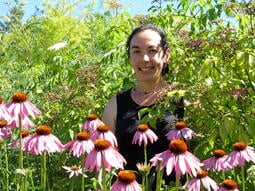 enny Perez has been working to re-connect plants and people for more than 15 years by sharing her passion and practices of urban horticulture, kitchen medicine and therapeutic nutrition. She managed the Bastyr University medicinal herb garden for 7 years, was adjunct faculty for their Botanical Medicine Department for 5 years and created and directed the Holistic Landscape Design certificate program. Currently, she works as the Education Coordinator for the
enny Perez has been working to re-connect plants and people for more than 15 years by sharing her passion and practices of urban horticulture, kitchen medicine and therapeutic nutrition. She managed the Bastyr University medicinal herb garden for 7 years, was adjunct faculty for their Botanical Medicine Department for 5 years and created and directed the Holistic Landscape Design certificate program. Currently, she works as the Education Coordinator for the 
.jpg?width=175&height=263&name=faculty_student_interaction-w_(2).jpg)

 This month, we’re happy to introduce Jillian Kelble, Admissions Coordinator, who works with prospective students and applicants in the Admissions Office.
This month, we’re happy to introduce Jillian Kelble, Admissions Coordinator, who works with prospective students and applicants in the Admissions Office.